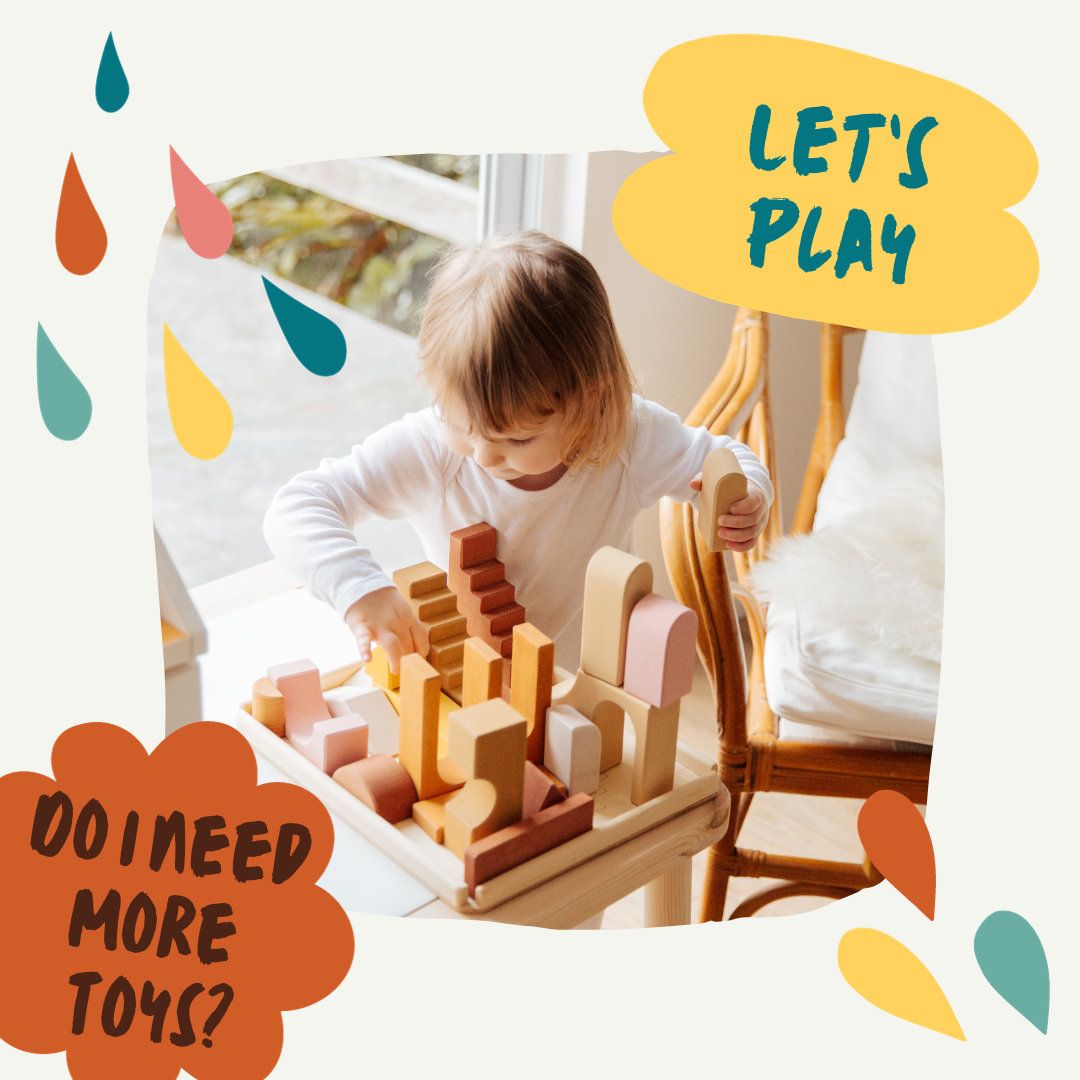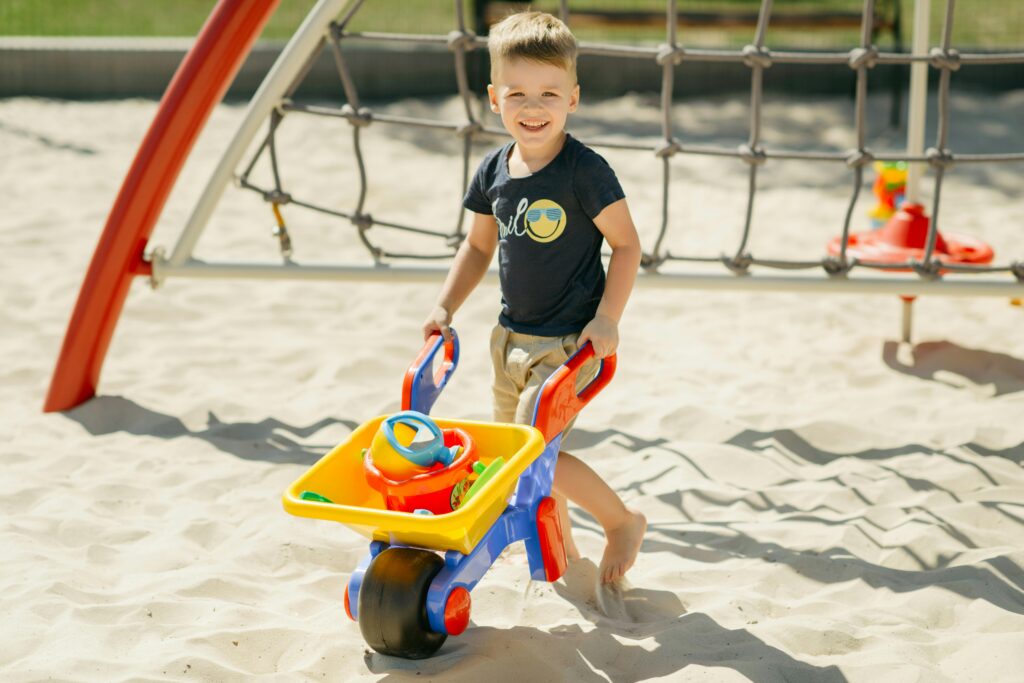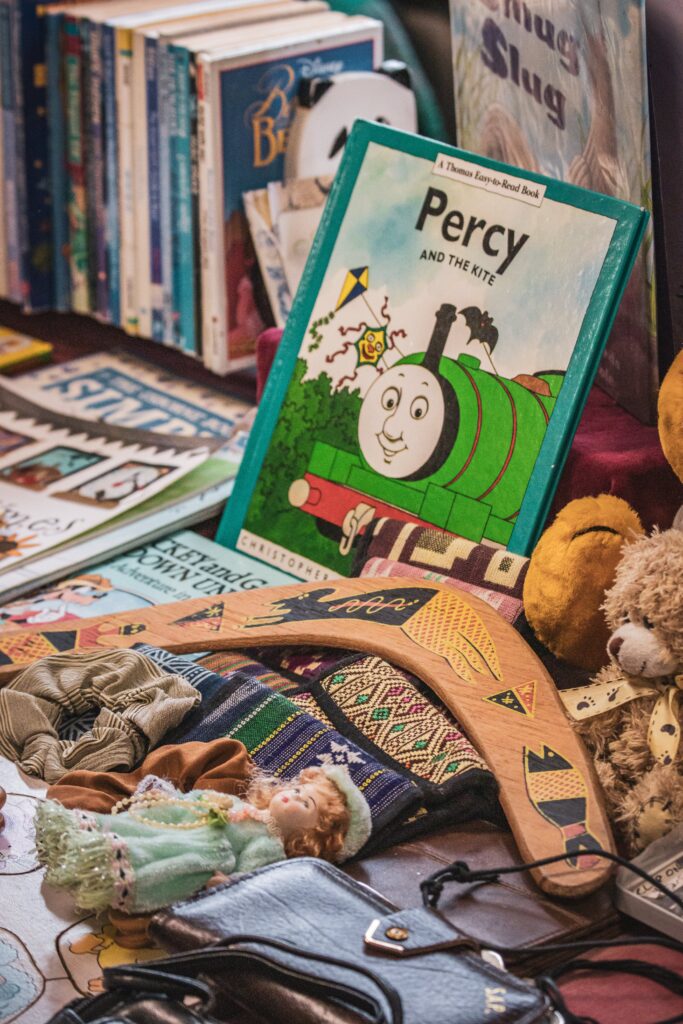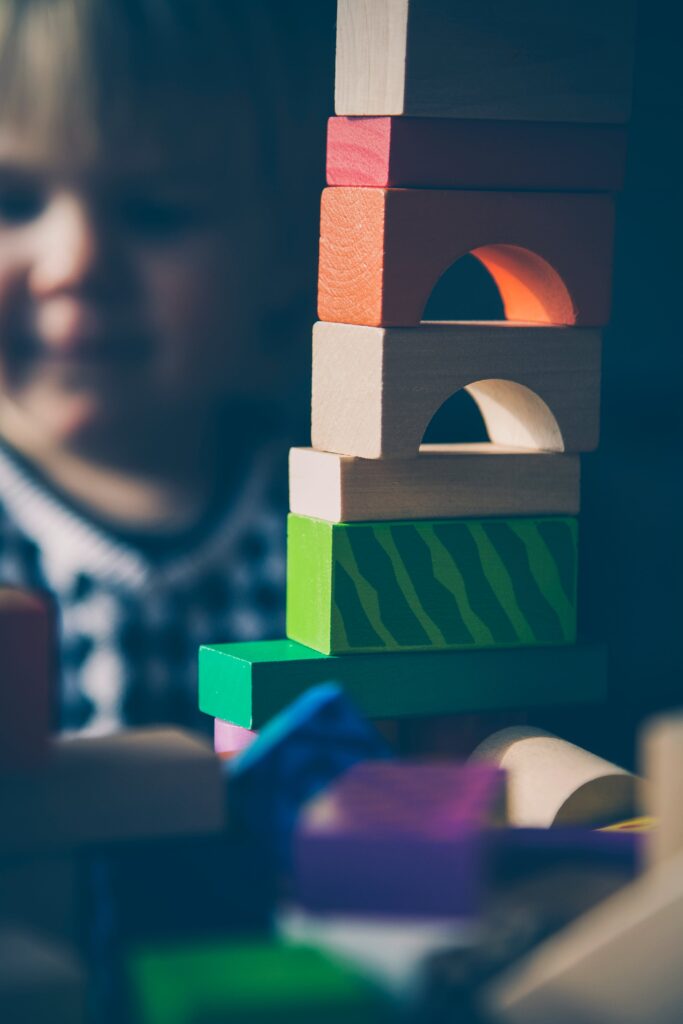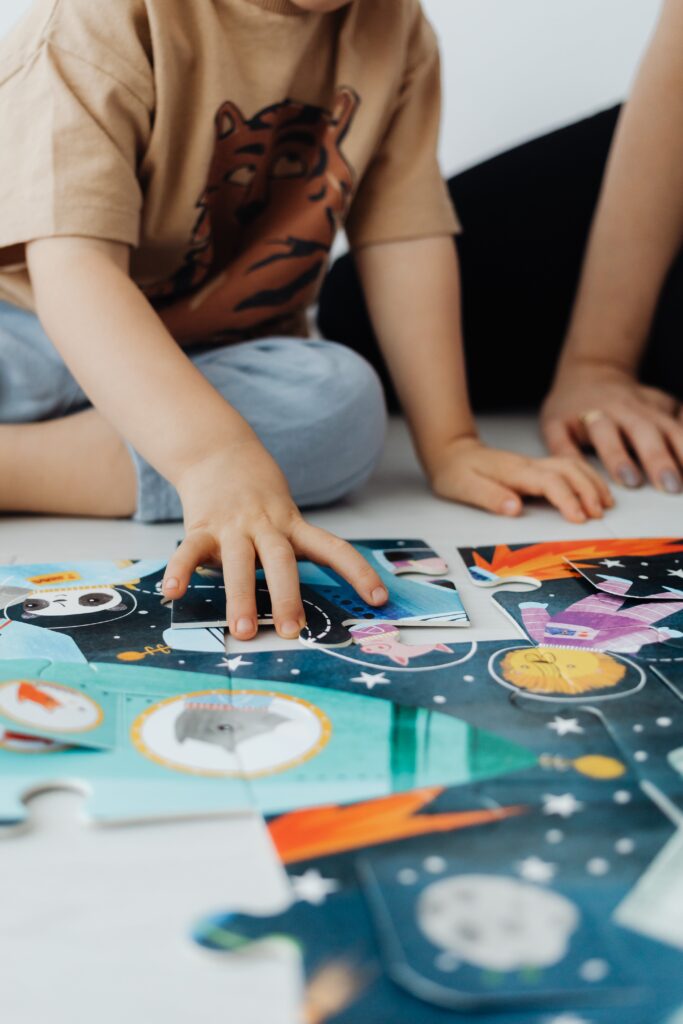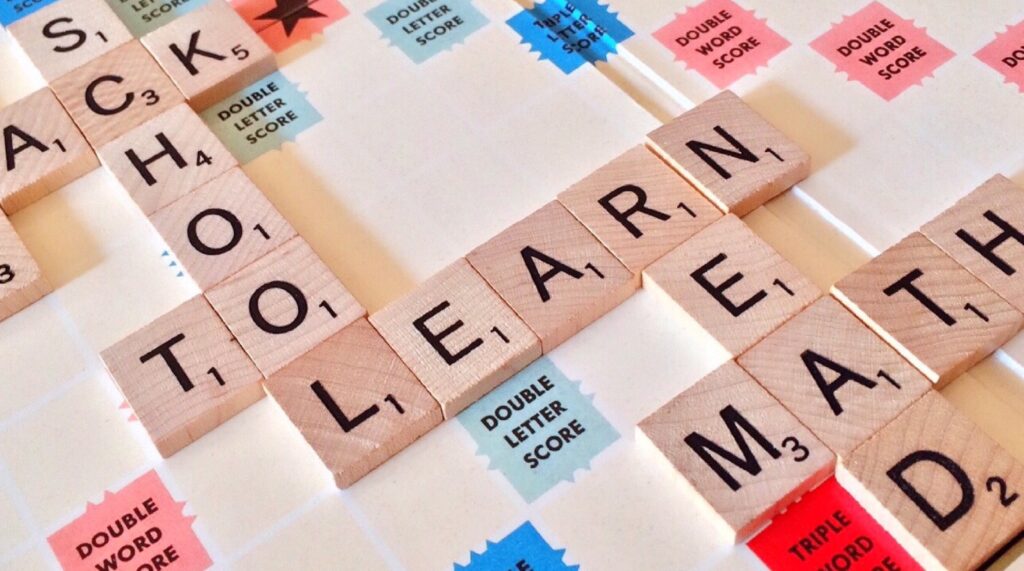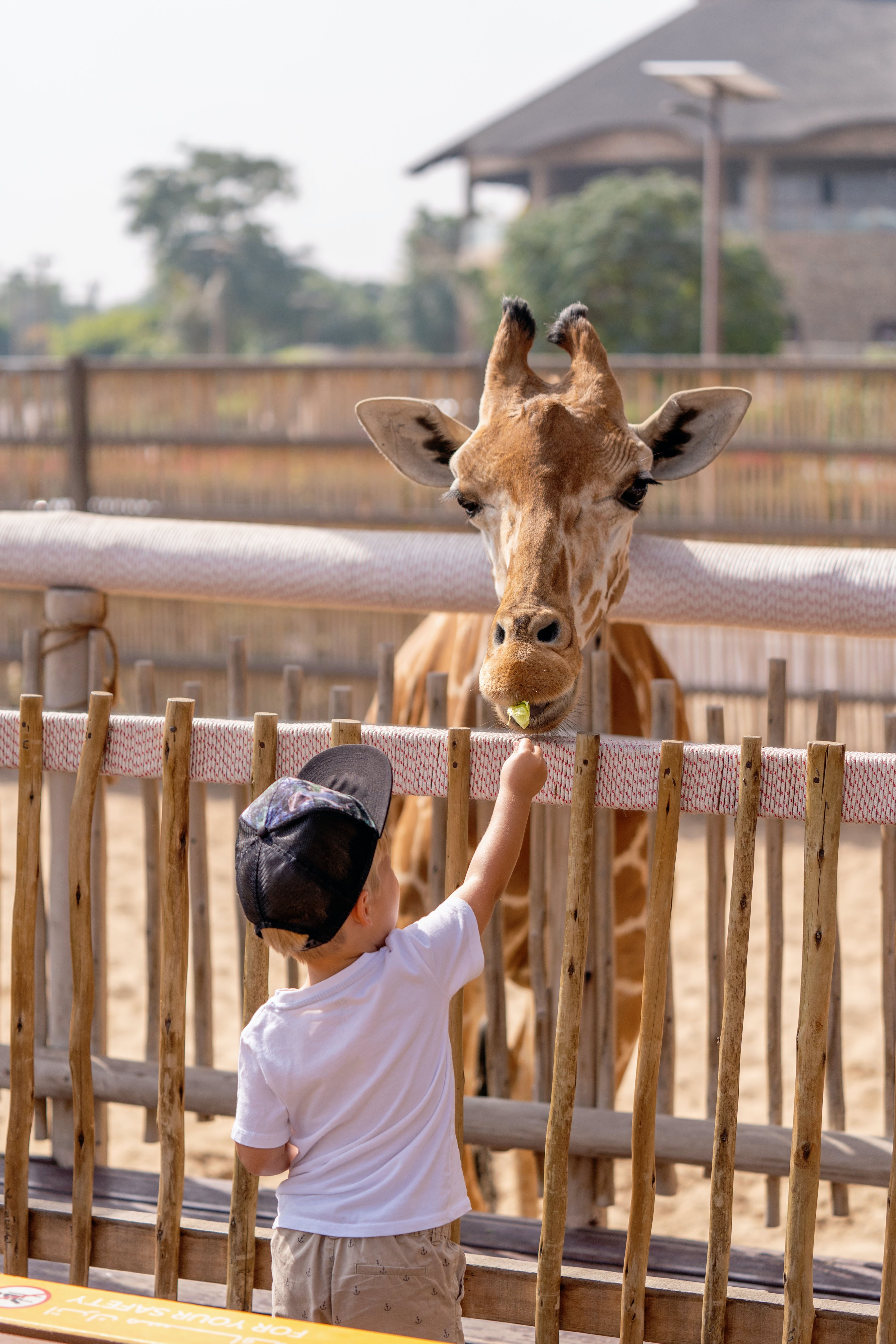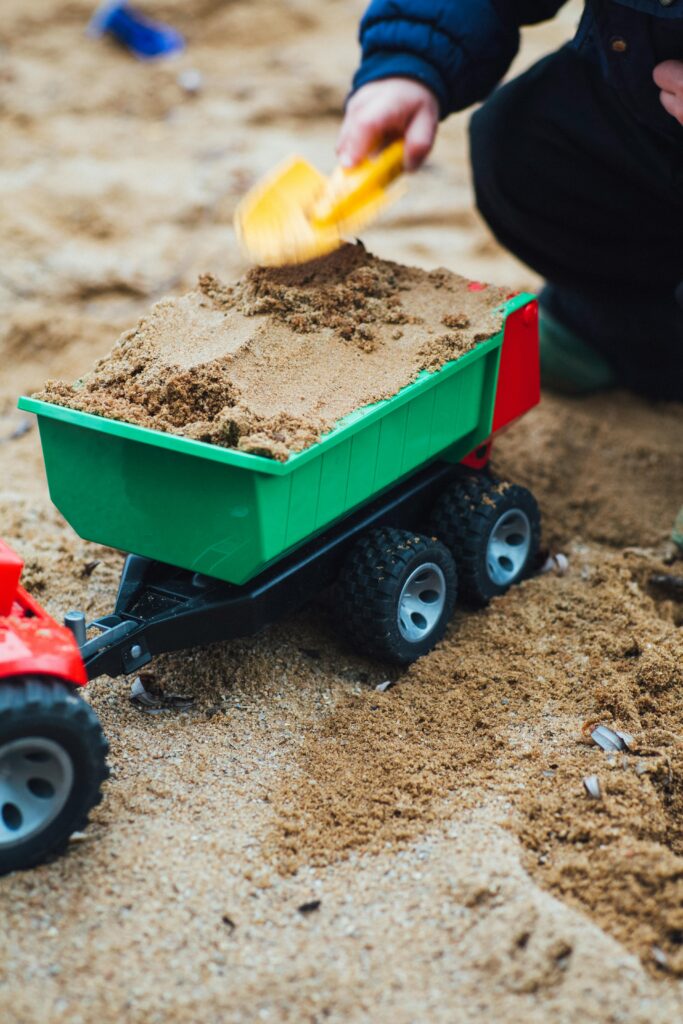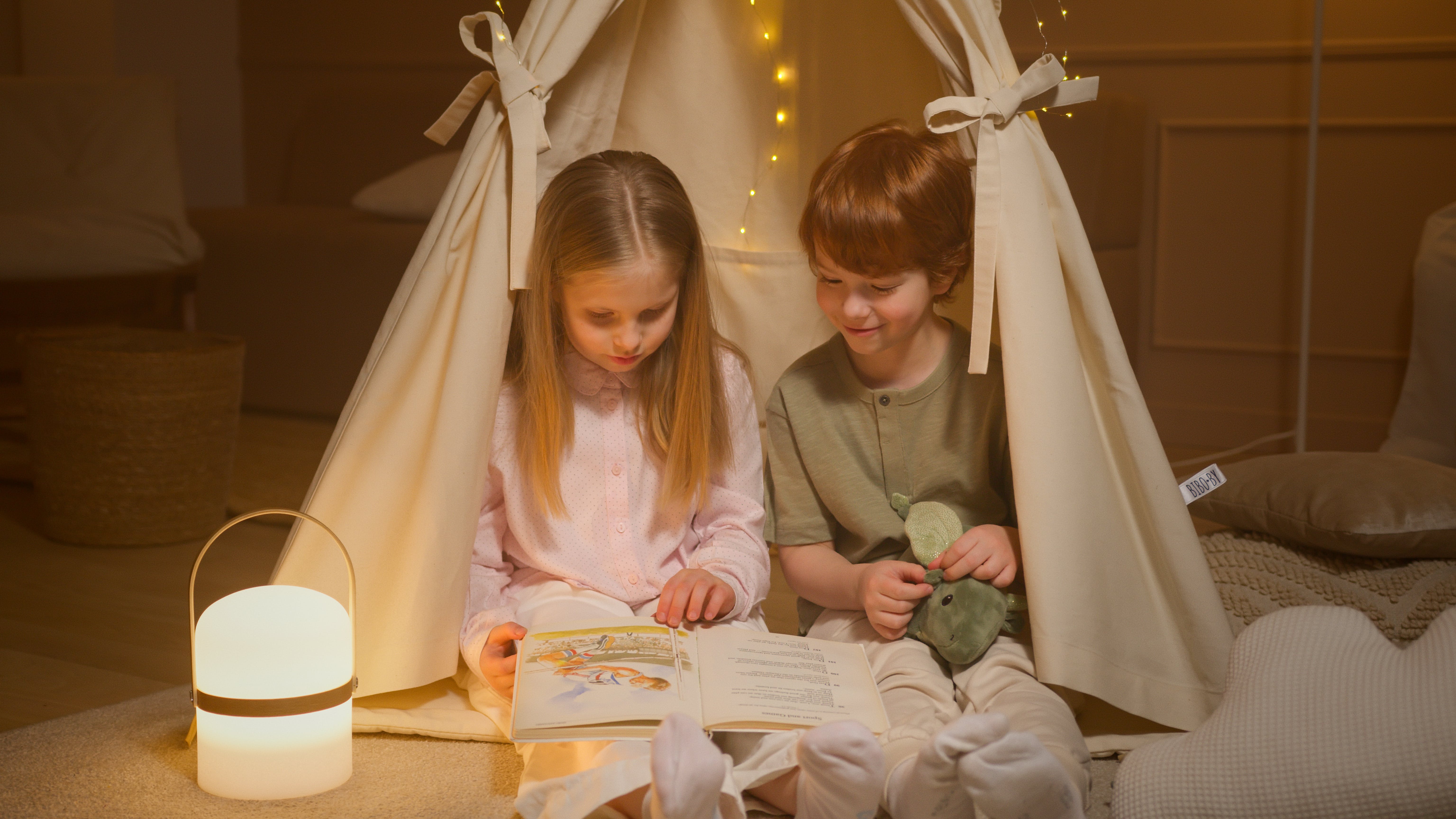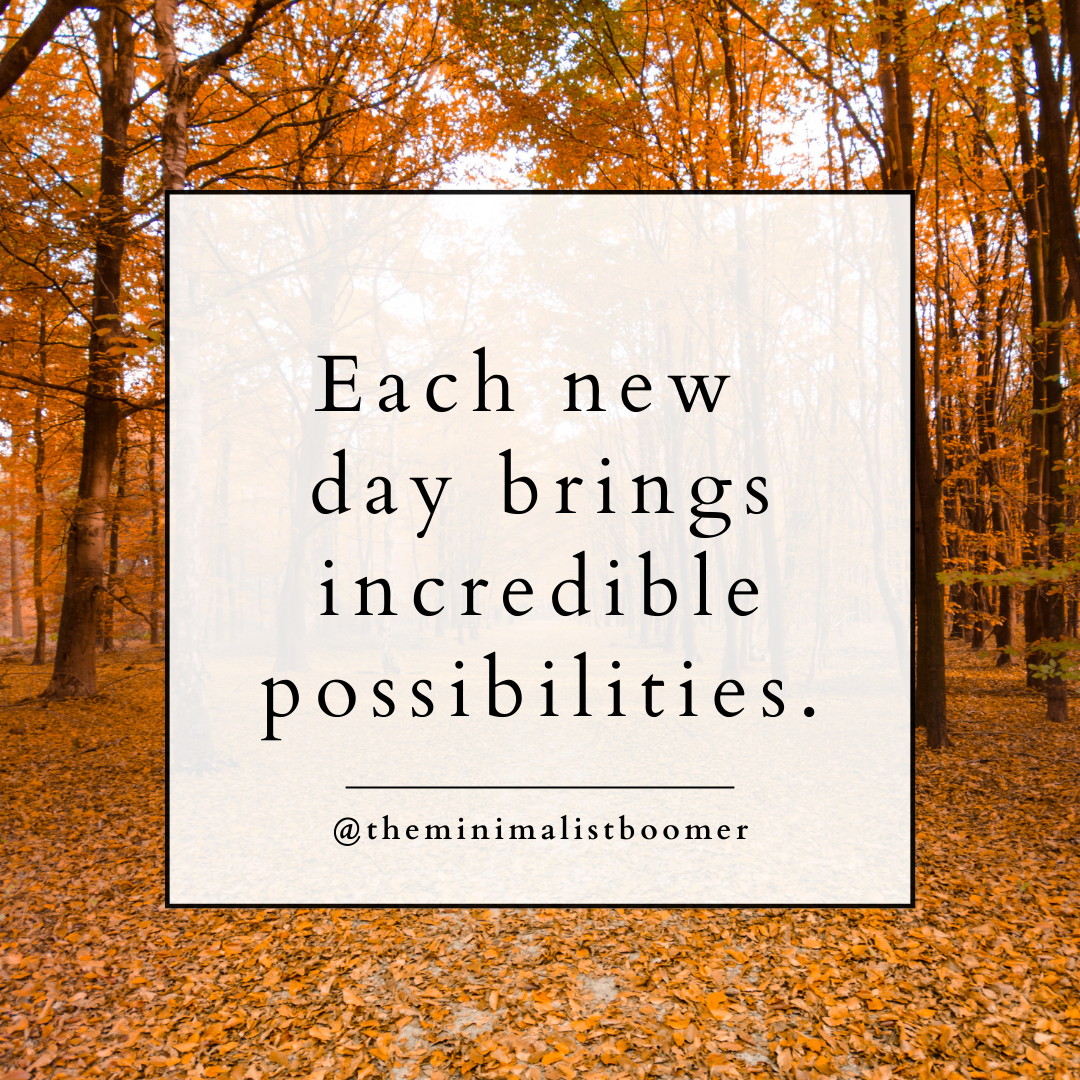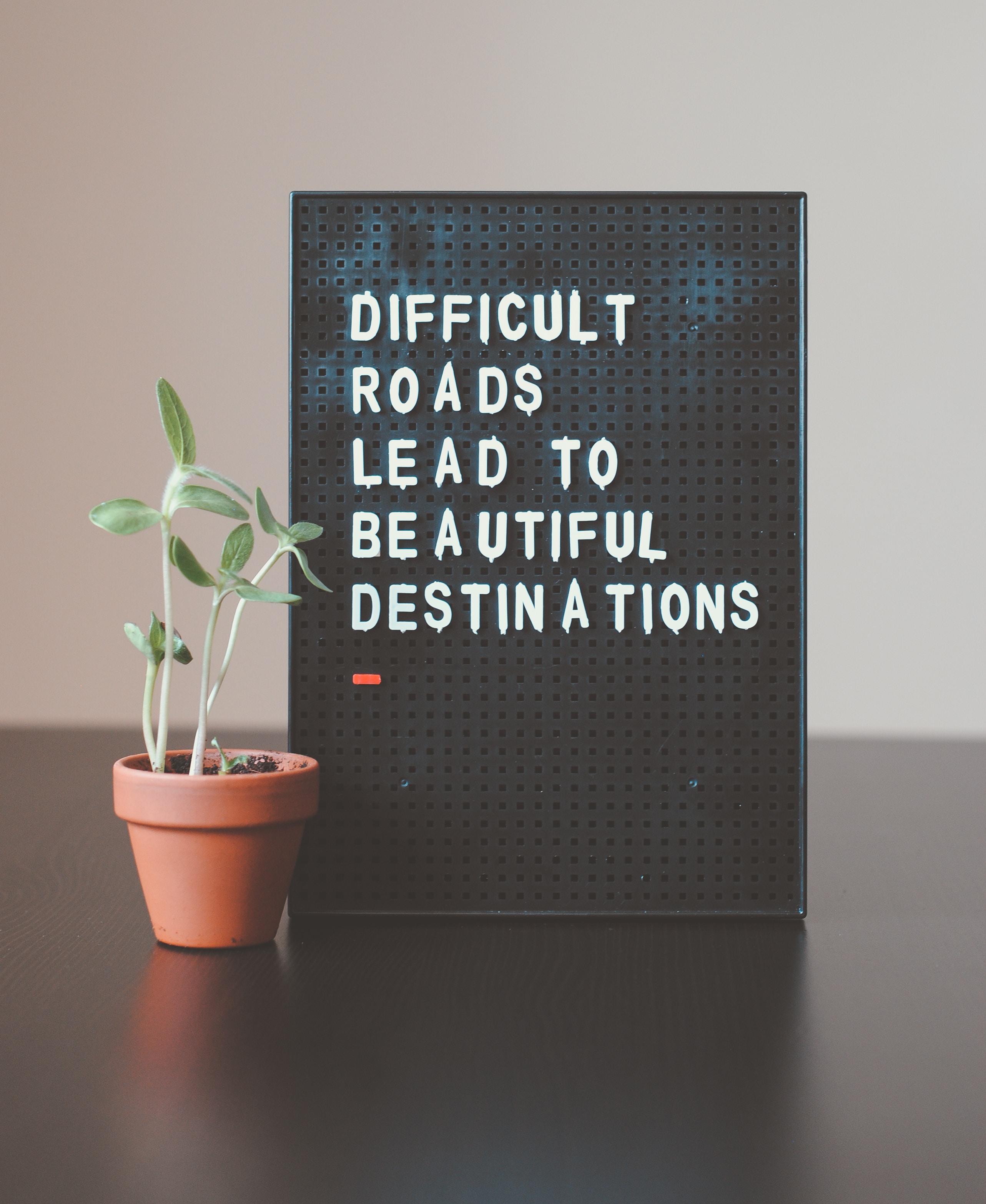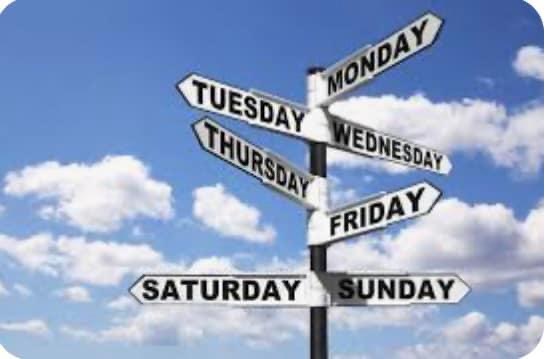Has anyone ever told you not to worry about something? I’ve experienced this throughout my life on various occasions. So, does this make me a worrier? And, if so, is that a problem? Does “worrying” serve any purpose, or does it simply drain our mental and emotional energy? Let’s unravel the mystery behind this universal human experience and discover whether worrying holds any merit in our everyday lives.
The Science of Worrying
Worrying is a natural human response, part of our survival instinct. It’s like an alarm system that goes off when our brain perceives a potential threat. This emotion has a purpose: it’s the brain’s way of signaling that something requires attention or action. It can motivate us to problem-solve and take appropriate measures to tackle the issue at hand.
The Purpose of Worrying
Worrying can serve as a signal that prompts us to plan and prepare. It has the potential to drive us toward making decisions to protect ourselves from danger, whether real or perceived. This can be likened to a smoke alarm in our homes that alerts us to potential danger, compelling us to take action.
“If you want to test your memory, try to recall what you were worrying about one year ago today.” – E. Joseph Cossman

The Effects of Chronic Worrying
On the contrary, chronic worrying can have detrimental effects on our mental and physical health. Prolonged periods of worry can lead to increased stress, anxiety, and even contribute to the development of certain health conditions. It’s like a car alarm that won’t stop blaring, draining the battery and causing unnecessary distress. This ongoing state of worrying can be exhausting and damaging to our overall well-being.
Worrying, when managed effectively, can be a useful tool for problem-solving and preparation. However, its persistent presence can lead to negative implications for our health and peace of mind.
When Worrying Can Be Beneficial
Worrying often gets a bad rap, but it can have some surprising benefits. Here’s how channeling our worrying instincts can work in our favor.

Problem-Solving and Planning
When we find ourselves worrying about a particular situation, it can sometimes act as a catalyst for problem-solving and planning. Worrying prompts us to anticipate potential obstacles, allowing us to develop strategies to address them. By considering different scenarios and outcomes, we can effectively prepare for challenges that may lie ahead. This proactive approach can help us feel more in control and equipped to handle whatever comes our way.
Motivation and Preparedness
Worrying can also serve as a potent motivator, propelling us to act and make necessary preparations. When we worry about a future event, it can spur us into action, driving us to work harder and make strides toward our goals. This heightened state of awareness can lead to increased preparedness, ensuring that we are ready to tackle any obstacles that may arise. Ultimately, this can lead to a greater sense of confidence and assurance in our ability to confront and overcome challenges.
In essence, worrying, when channeled constructively, can create a proactive and prepared mindset, empowering us to navigate life’s uncertainties with resilience and determination.
The Downside of Excessive Worrying
“Sorrow looks back, worry looks around, faith looks up.” – Ralph Waldo Emerson

Mental and Emotional Health
When we allow worry to consume us, it can significantly impact our mental and emotional health. Our minds become cluttered with incessant thoughts, leading to heightened anxiety, stress, and even depression. Everyday tasks may become overwhelming, and it becomes challenging to maintain a positive outlook on life. This constant state of unease can affect our relationships, as we may become irritable and withdrawn, impacting our interactions with others.
Physical Health
The effects of excessive worrying extend beyond our mental and emotional well-being, taking a toll on our physical health as well. Chronic worry can manifest in physical symptoms such as headaches, muscle tension, and fatigue. Prolonged periods of stress resulting from worrying can weaken the immune system, making us more susceptible to illness.
By immersing ourselves in a state of constant worry, we unwittingly subject both our mental and physical health to a multitude of detrimental effects, hindering our ability to lead fulfilling lives.
Strategies for Managing Worry

Mindfulness and Meditation
Embracing mindfulness and meditation practices can aid in quieting the restless mind. By focusing on the present moment and acknowledging worrisome thoughts without judgment, we can cultivate a sense of calm and detachment. Engaging in deep-breathing exercises during meditation helps to ease tension and brings our focus back to the present. Through consistent practice, mindfulness and meditation can gradually diminish the intensity of worry, allowing us to approach it with a sense of tranquility and balance.
Cognitive Behavioral Techniques
Cognitive behavioral techniques provide valuable tools for challenging and reframing worrisome thoughts. By identifying distorted thinking patterns and replacing them with more rational and constructive perspectives, we can effectively manage our worries. Creating a worry time schedule, where we consciously allocate a specific period for addressing concerns, enables us to contain and organize our anxious thoughts. Additionally, developing a list of coping statements or affirmations can serve as a powerful reminder of our ability to navigate through challenging situations. These techniques equip us with the necessary skills to confront and alleviate worries, empowering us to approach life with resilience and optimism.
Harnessing the Power of Positive Thinking
“Great things happen to those who don’t stop believing, trying, learning, and being grateful.” ― Roy T. Bennett
Gratitude and Perspective
Practicing gratitude can significantly shift our perspective toward positivity. By acknowledging the good things in our lives, we can reframe our mindset to focus on abundance rather than scarcity. Reflecting on what we are thankful for, whether it’s our health, relationships, or small daily joys, helps us cultivate a more optimistic outlook. It’s akin to putting on a pair of glasses that highlight the bright side of life, even amidst challenges.
Visualization and Affirmations
Engaging in visualization exercises and affirmations can empower us to manifest our desired outcomes. Through visualization, we mentally rehearse achieving our goals, creating a sense of belief and determination. Similarly, reciting positive affirmations reinforces self-confidence and redirects our thoughts toward optimism. It’s as though we are painting a mental picture of success and resilience, fostering a proactive approach to overcoming obstacles.

While worrying may seem like a natural response to uncertain situations, it is important to recognize its potential impact on our mental and emotional well-being. It’s essential to acknowledge our worries but also to actively work towards addressing and managing them. By focusing on practical solutions and staying proactive, we can minimize the negative effects of worrying and channel our energy towards more productive and positive outcomes. Remember, acknowledging our worries is the first step, but taking action is the key to overcoming them.



















